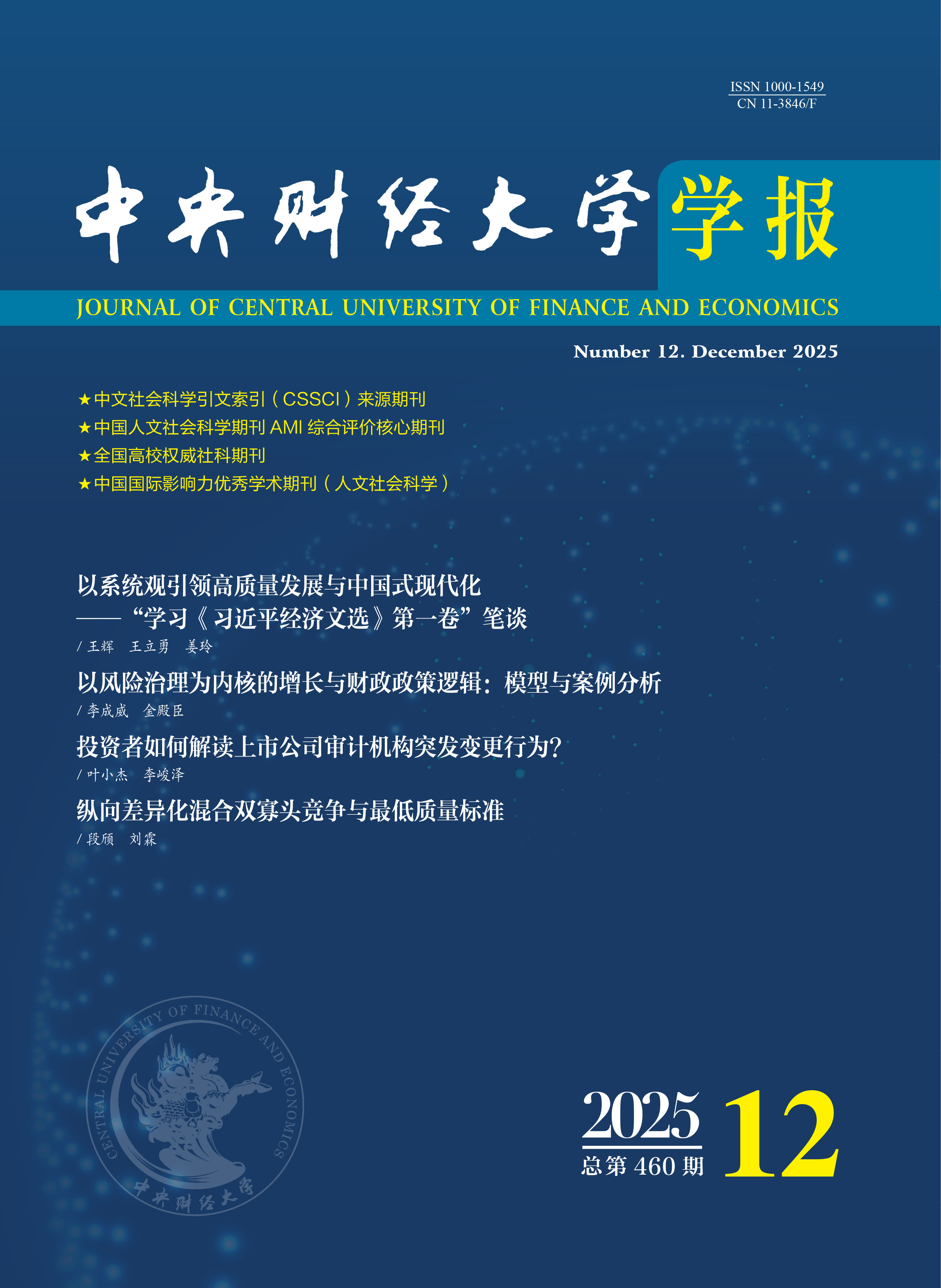LI Chengwei, JIN Dianchen
2025, 0(12): 18-32.
In the context of risk globalization, the logic of economic growth and fiscal and financial policies has undergone significant changes.Take Japan as an example, after the foam economy burst, the direct reason for Japan's economy to stagnate for a long time was that the unstable asset valuation led to a sharp decline in asset value, and the superposition of policy mistakes led to the continued recession of its balance sheet.In the later stage, it was through targeted governance reform measures and effective fiscal and financial coordination measures that Japan reversed the downward trend of asset prices and balance sheet contraction, gradually getting rid of the long-term stagnation of the economy.From the perspective of risk governance, analyzing the economic growth process of Japan in the past 30 years provides us with important insights.It is necessary to take stable asset valuation as the core goal, improve national governance capacity through reform internally, and enhance global governance capacity and balance the global risk distribution pattern externally through great country fiscal thinking.At the same time, we should strengthen the coordination of fiscal and monetary policies, and build a mechanism for stabilizing asset valuation and stabilizing economic smooth flow.
